Alimentary Lymphoma In Cats Prognosis
In the authors hospital in Tokyo Japan in the recent years among 43 cases of microscopically confirmed feline lymphoma cases 51 were the alimentary form while FeLV positive anterior mediastinal form accounted for 16. Currently the most frequently diagnosed form of feline lymphoma is the alimentary or intestinal form.

Fur Everywhere Lymphoma In Cats
Practical relevance Alimentary lymphoma AL occurs commonly in cats and exists as distinct subtypes that differ in their clinical course response to treatment and prognosis.

Alimentary lymphoma in cats prognosis. To evaluate response to chemotherapy in cats with alimentary lymphoma and to determine factors associated with survival time. Feline GI lymphoma is histologically classified as low intermediate or high grade according to the size and anaplasticity of the neoplastic lymphoid cells. In all cats the diagnosis had been established by means of cytologic or histologic examination of ultrasound-guided aspirates and biopsy.
Prognosis can vary depending on the exact location and type of lymphoma present but with aggressive chemotherapy protocols between 50-80 of cats will achieve remission of clinical signs for an average duration of between four and nine months. Alimentary lymphoma AL occurs commonly in cats and exists as distinct subtypes that differ in their clinical course response to treatment and prognosis. Patients often present with a history of reduced appetite intermittent vomiting and sometimes a palpable mass in the abdomen.
My Oldie The Vet Thinks She Has Intestinal Lymphoma She Isn T A. Gastrointestinal GI or alimentary lymphoma is the most common form of lymphoma in cats1-3. Gastrointestinal GI lymphoma is the most frequently diagnosed form of lymphoma in the cat and is categorized into two distinct forms based on the size of neoplastic lymphocytes.
Typically this period of remission lasts only 2. The median survival here is around 6 months but importantly there is considerable variability between cases and there is a reasonable chance of long-term disease control. The median or average age of the cats with alimentary lymphomas is around 10 years old and they are mostly FeLV negative.
Low-grade alimentary lymphoma LGAL is characterised by the infiltration of neoplastic T-lymphocytes typically in the small intestine. Gastrointestinal GI or alimentary lymphoma is the most common form of lymphoma in cats. Accurate diagnosis is important to guide appropriate treatment.
High grade alimentary lymphoma and renal lymphoma have a very poor prognosis. Pdf Alimentary Lymphoma In A Cat Semantic Scholar. Only 25-50 of cats with high-grade lymphoma achieve remission with treatment.
Lymphoma In Cats I Love Veterinary. The median or average age of the cats with alimentary lymphomas is around 10 years old and they are mostly FeLV negative. Accurate diagnosis of the distinct subtypes of alimentary lymphoma AL that occur in cats is important as there are major differences between them in clinical presentation treatment and prognosis.
The incidence of LGAL has increased over the last ten years and it is now the most frequent digestive neoplasia in cats and comprises 60 to 75 of gastrointestinal lymphoma cases. Diagnosis is made on biopsy either. Interestingly these data did show a significantly lower CR rate for cats with alimentary lymphoma when compared with all other forms.
Gastrointestinal Lymphoma In Cats Prognosis Lymphoma In Cats Veterinary Partner Vin. The prognosis for cats with LGL lymphoma is unfortunately very poor. Alimentary lymphomas include a gastrointestinal GI form a mesentery lymph node form and a hepatic form.
The treatment recommended is based on the clinical condition of the cat. The prognosis for lymphoma depends on many factors High-grade gastrointestinal lymphoma however does not respond as well to treatment. Primary gastrointestinal lymphoma in dogs occurs over a wide range of ages and breeds.
The mean SD serum haptoglobin was 732 391 mgdl in normal cats 1153 728 mgdl in cats with inflammatory bowel disease and 1331 861 mgdl in cats with small-cell alimentary lymphoma. Feline Lymphoma Causes Symptoms Canna Pet. In alimentary lymphoma the clinical signs are those of vomiting diarrhea weight loss polyuriapolydipsia anorexia lethargy and malabsorption impaired absorption by the intestines of nutrients from food.
There are a few papers reporting association of feline immunodeficiency virus FIV infection and feline lymphomas. Reported median survival times even with treatment are only around 3 to 4 months. Unlike intermediate- and high-grade alimentary lymphoma IHGAL and large granular lymphocyte lymphoma LGLL which can often be diagnosed by aspiration cytology full.
Another cause of enlarged lymph nodes and abdominal lumps easily confused without a biopsy is feline infectious peritonitis or FIP. Response to treatment remains a consistent and important prognostic factor in cats with intermediate- to high-grade lymphoma and this study did not identify any new predictors of survival. 28 cats with alimentary lymphoma that underwent chemotherapy.

7 Signs Of Feline Lymphoma Petcarerx
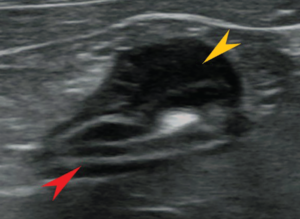
Living With Lymphoma Catwatch Newsletter

Gastrointestinal Lymphoma In Cats Vetfolio
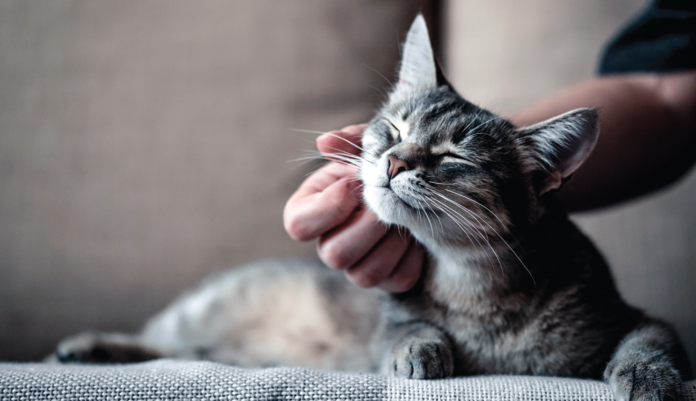
Living With Lymphoma Catwatch Newsletter
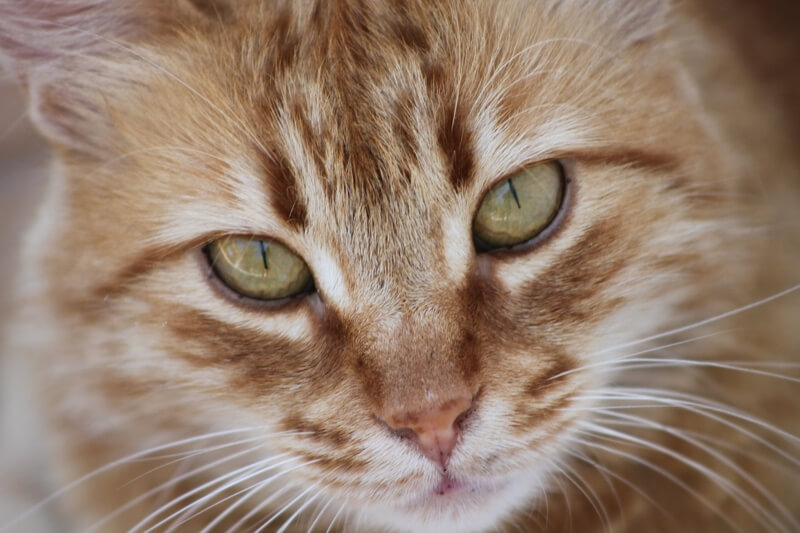
Understanding Lymphoma In Cats

Gastrointestinal Lymphoma In Cats Vetfolio

Extranodal Lymphoma In The Cat Semantic Scholar
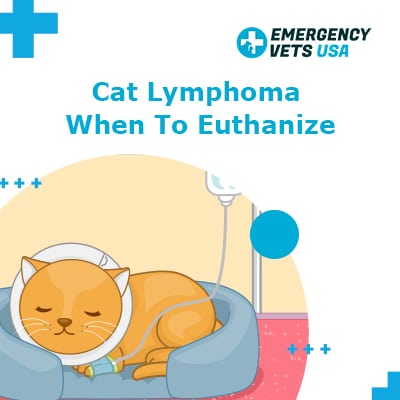
Cat Lymphoma When To Euthanize Our Opinion

Lymphoma In Cats The Conscious Cat
Tigger And Is It Ibd Or Lymphoma Wild Rose Cat Clinic Of Calgary
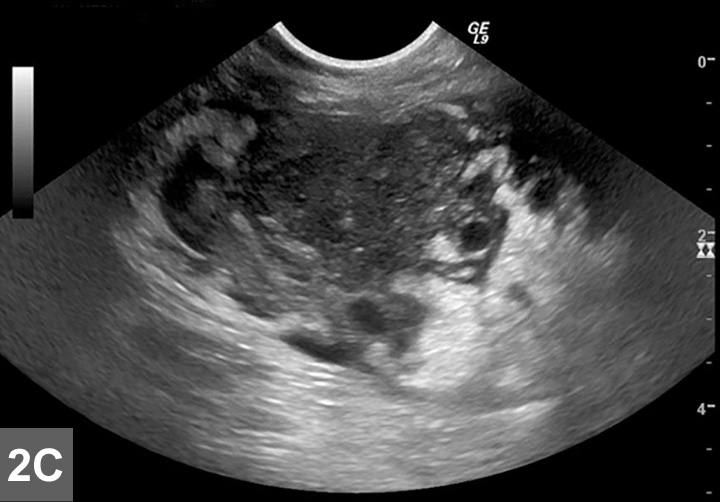
Feline Lymphoma Clinician S Brief
Lymphoma In Cats Veterinary Partner Vin

How To Diagnose Feline Intestinal Lymphoma 9 Steps

3 Ways To Treat Feline Intestinal Lymphoma Wikihow
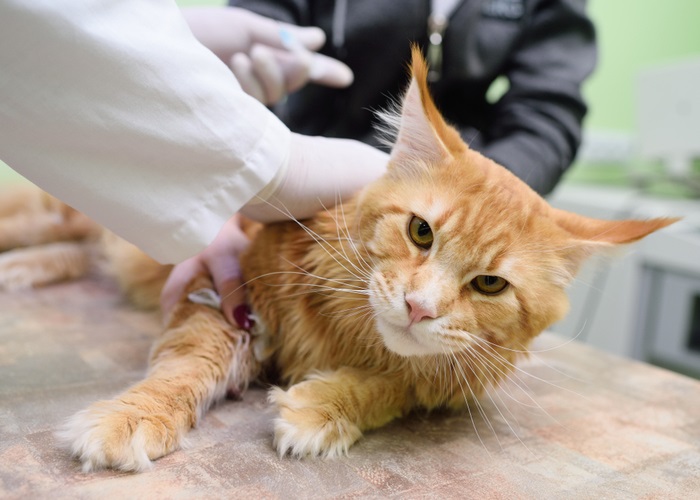
Lymphoma In Cats Symptoms Diagnosis Treatment All About Cats

Causes And Risks Of Cat Lymphoma And Leukemia Vlog 97 Youtube

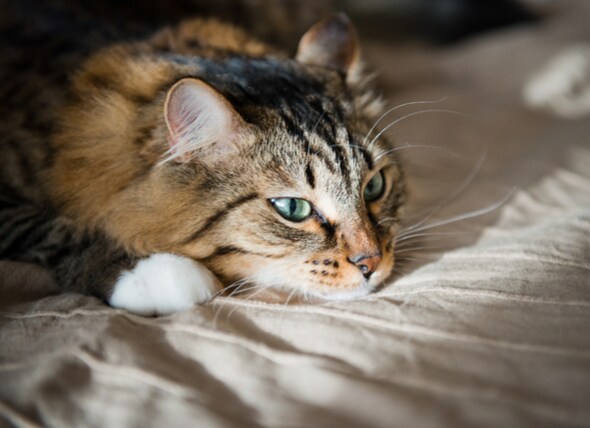

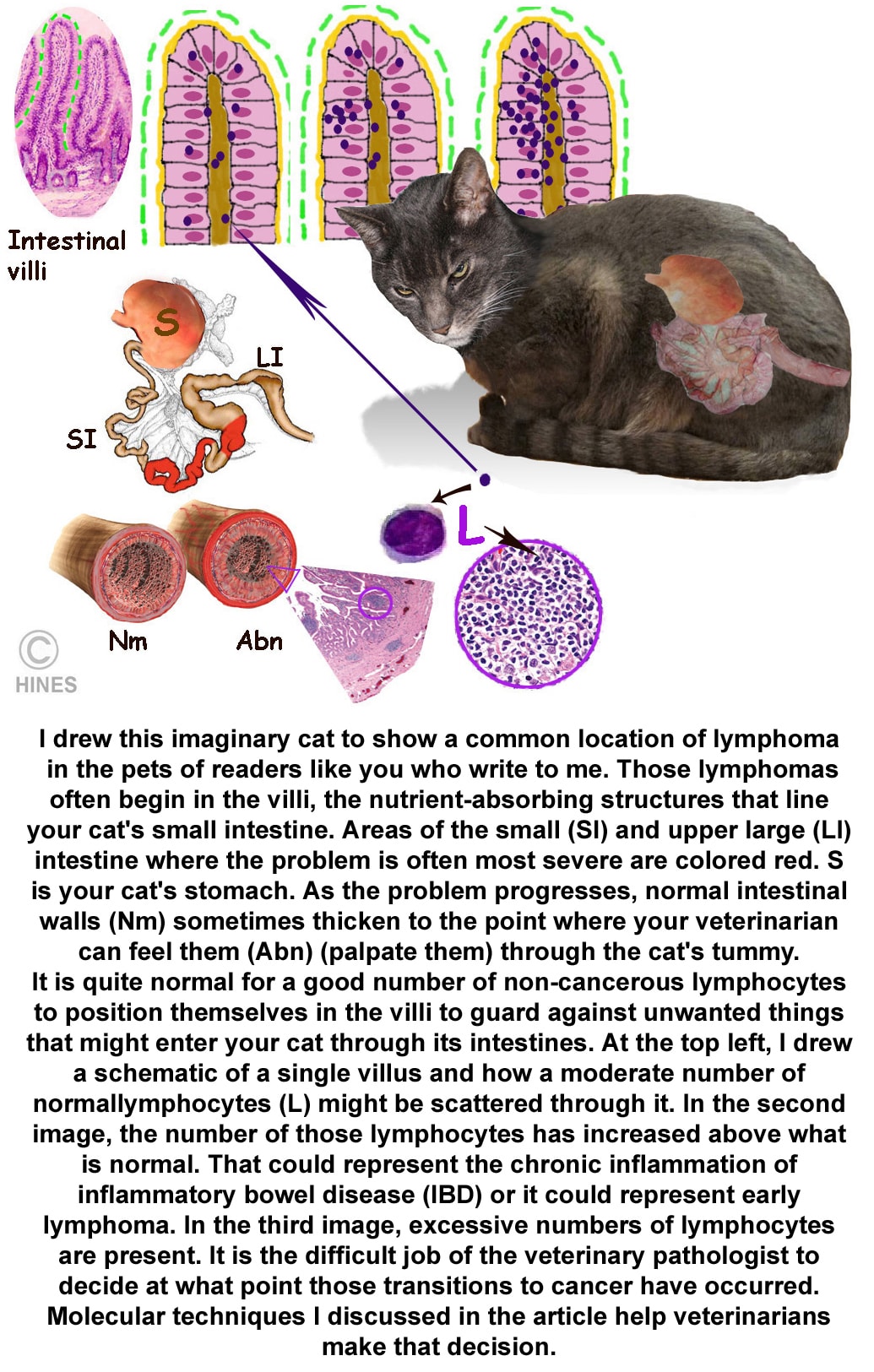
Post a Comment for "Alimentary Lymphoma In Cats Prognosis"